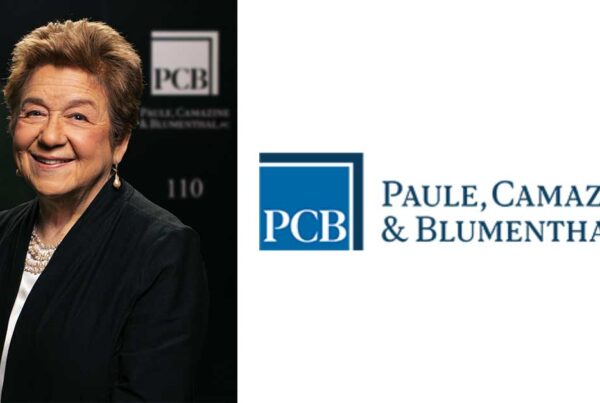H-2B VISA STATUS OVERVIEW
The H-2B visa is a visa available to temporary foreign workers. It is most commonly used by landscapers, ski resorts, and other hospitality companies. The H-2B visa process allows companies to supplement their U.S. workforce on a temporary basis if the company is able to certify:
There are not enough U.S. workers who are able, willing, qualified, and available to perform the temporary work;
Employing foreign workers in H-2B status will not adversely affect the wages and working conditions of similarly employed U.S. workers; and
Its need for the prospective workers’ services or labor is temporary, regardless of whether the underlying job can be described as temporary.
The employer’s temporary need must be classified as one of the following: (1) a one-time need, meaning the company does not anticipate employing workers in this position again in the future; (2) a seasonal need, meaning the company only employs workers in the particular position during certain months of the year corresponding to a particular season (landscaping companies are common “seasonal” employers); or (3) a “peak load” need, meaning the company employs workers in the particular position year round, but during certain months the need is increased, requiring additional workers (hotels and restaurants in tourist areas are common peak load employers).
There is a statutory numerical limit, or cap, on the number of foreign nationals who may be issued an H-2B visa or otherwise granted H-2B status during a fiscal year. Congress has set the H-2B cap at 66,000 per fiscal year, with 33,000 for workers who begin employment in the first half of the fiscal year (October 1 – March 31), and 33,000 for workers who begin employment in the second half of the fiscal year (April 1 – September 30). Because of this cap, it is extremely important that employers abide by a very specific timeline to complete the process and obtain the foreign workers before the cap is met.
The maximum length of a “season” for most H-2B purposes is ten months. For example, if the employer’s H-2B need begins on April 1, it must end no later than February 1 of the following year.


